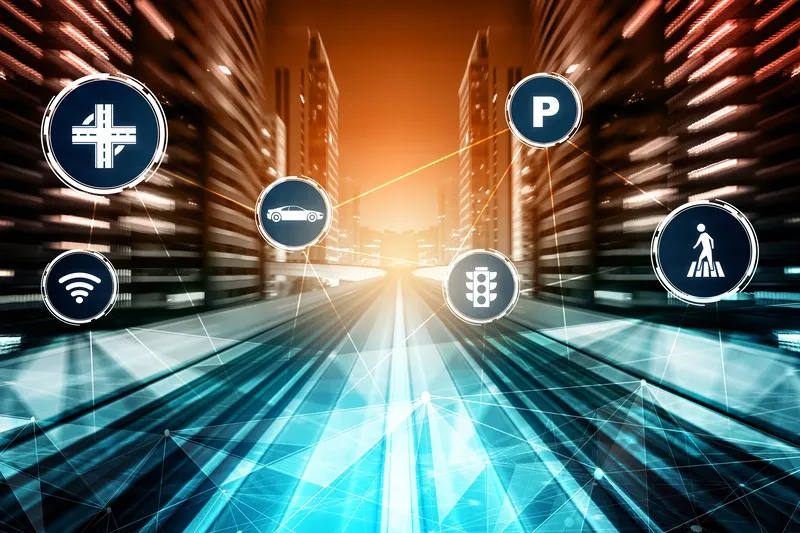A new study from
The research, Autonomous Vehicles & ADAS: Adoption, Regulation & Business Models 2016-2025, found that whilst ADAS still lacks significant mass market penetration, its adoption is set to increase rapidly over the next five years driven by a number of factors:
Safety agency specifications will become more stringent, particularly with respect to vulnerable road users such as pedestrians. Juniper recommends that OEMs will need to invest in more sophisticated ADAS systems to obtain the coveted 5* ratings.
There is also increasing interest in AV by governments around the world due to safety and environmental reasons. In addition, the research found that commercial companies such as ride-sharing service providers will lead adoption of AV technology, enabling them to significantly reduce their operating costs.
Reduction in hardware costs, particularly sensors, will lead to commoditisation of ADAS systems.
The research found that although issues concerning performance and reliability exist today, increased sensor integration and the widespread adoption of sensor-fusion will lead to system redundancy and improved safety and reliability. Juniper believes that standardisation of components will accelerate this process.
ADAS and AV software and hardware revenues ‘to exceed US$35 billion by 2020’
A new study from Juniper Research forecasts that the advanced driver assistance systems (ADAS) and autonomous vehicle (AV) market will reach a total global value of US$35 billion in 2020, before representing a fourfold increase to reach US$144 billion in revenues by 2025.
January 9, 2017
Read time: 2 mins








